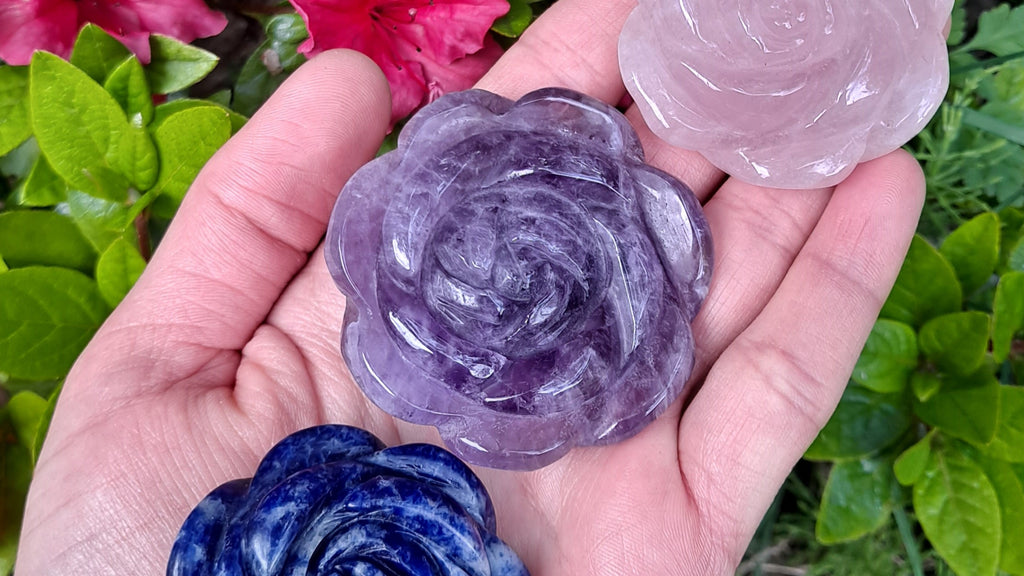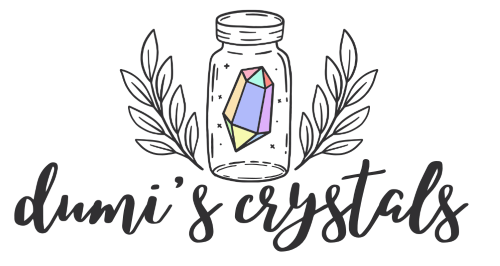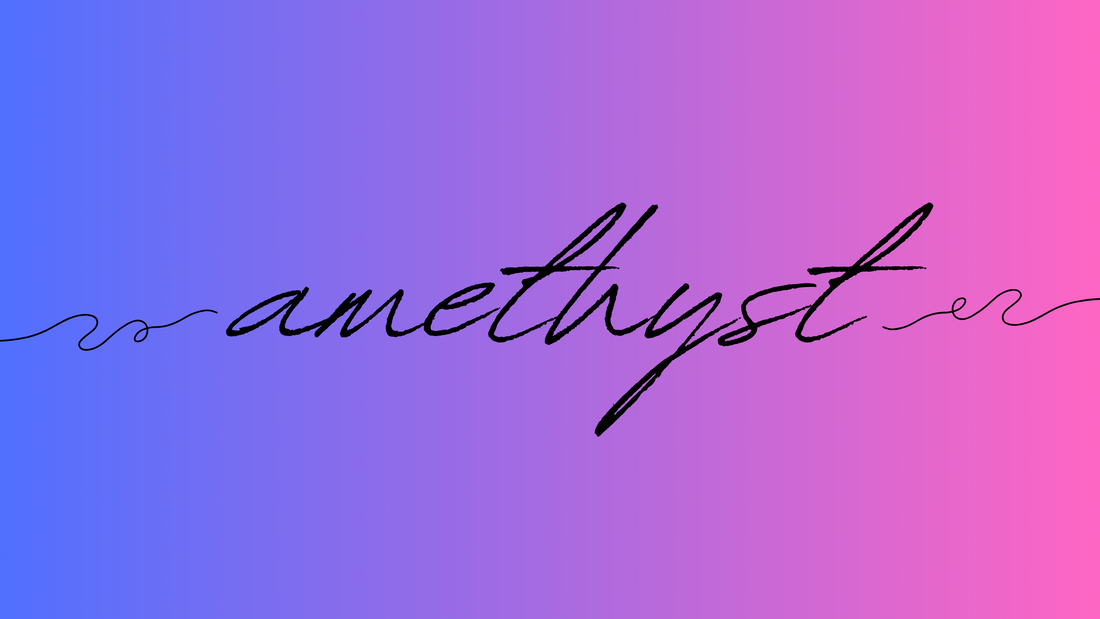Amethyst, a gem shrouded in enchantment, stands out as a captivating variety of quartz, boasting a regal purple hue that has fascinated civilizations throughout history. In this comprehensive introduction, we delve into the intricate details that define amethyst, exploring its definition, geological formation, notable physical characteristics, and an overview of popular varieties.
Find more about Crystal Healing
Definition and Composition of Amethyst
Amethyst, often referred to as the "purple quartz," is a gemstone prized for its exquisite violet shades. It is a member of the quartz family, distinguished by its vibrant and varied coloration, ranging from delicate lilacs to deep purples. The captivating coloration is primarily attributed to trace amounts of iron and aluminium within the crystal lattice.
At its core, amethyst is a silicon dioxide mineral, with the presence of these trace elements imparting its distinctive purple hue. The varying intensities of purple are a result of the concentrations of these elements during the gem's formation.

Check out our healing Amethyst Rose Carvings
Geological Formation
The genesis of amethyst is an intricate process intertwined with geological phenomena. Amethyst crystals typically form within cavities or voids in rocks, often arising from volcanic activity. The essential conditions for amethyst formation include a source of silica-rich material, low-temperature hydrothermal fluids, and the presence of iron.
As magma cools and crystallizes, these voids create an ideal environment for the growth of amethyst crystals. Over time, the slow deposition of silicon dioxide from hydrothermal solutions within these cavities leads to the formation of the stunning purple crystals we admire today.
Notable Physical Characteristics
Amethyst, beyond its captivating colour, possesses a set of distinct physical characteristics. It ranks 7 on the Mohs scale of hardness, making it relatively durable and suitable for various jewellery applications. The transparency of amethyst can vary from transparent to translucent, allowing for a play of light that enhances its allure.
The crystal structure of amethyst contributes to its iconic hexagonal prismatic shape. This unique arrangement of atoms within the crystal lattice gives amethyst its exceptional clarity and symmetry, adding to its overall aesthetic appeal.

Check out our healing Amethyst 8mm Bead Bracelet
Overview of Popular Varieties
Amethyst reveals itself in a spectrum of varieties, each with its own charm and allure. Deep purple amethyst, often considered the classic variety, exudes a rich and regal vibe. Rose de France, a paler shade of lavender, captivates with its delicate beauty, while green amethyst, also known as prasiolite, introduces a verdant twist to the traditional purple palette.
Exploring these popular varieties not only showcases the versatility of amethyst but also provides enthusiasts with a range of options to suit individual preferences and styles.
Find more about Amethyst Affirmations
In conclusion, this comprehensive introduction to amethyst unveils the gem's intrinsic beauty, geological origins, distinctive physical attributes, and the rich tapestry of popular varieties. As we embark on this journey into the world of amethyst, we invite you to appreciate the royal gem's timeless allure and discover the countless facets that make it a true marvel of the Earth.
 Check out our healing Chevron Amethyst Tumbled Stones
Check out our healing Chevron Amethyst Tumbled Stones
FAQs about Amethyst and Crystal Healing
Q: How does amethyst contribute to crystal healing? A: Amethyst is believed to enhance spiritual awareness, promote tranquillity, and balance energy fields.
Q: Can amethyst assist in meditation practices? A: Yes, its calming energy makes it a popular choice for meditation, aiding in focus and relaxation.
Q: Are there different grades of amethyst for crystal healing? A: Amethyst quality varies, with higher grades exhibiting deeper colour and increased metaphysical properties.
Q: Does amethyst have any connection to stress relief? A: Absolutely! Its soothing vibes are thought to alleviate stress and anxiety.
Q: Can amethyst be worn as jewellery for its healing properties? A: Many people wear amethyst jewellery to keep its positive energy close to them throughout the day.
Q: How does amethyst support better sleep? A: Placing amethyst near your bed is believed to promote restful sleep and alleviate insomnia.
Q: Is amethyst only associated with spiritual benefits? A: While it's known for spiritual benefits, amethyst also aids in enhancing cognitive functions and decision-making.
Q: Can amethyst be used in combination with other crystals for healing? A: Absolutely! Combining amethyst with other crystals can create powerful synergies for healing.
Q: Are there any cultural or historical significances of amethyst? A: Amethyst has been prized throughout history, symbolizing royalty and spiritual connection in various cultures.
Q: How can one cleanse and recharge amethyst? A: Common methods include moonlight exposure, saltwater cleansing, or using other crystals like selenite.

